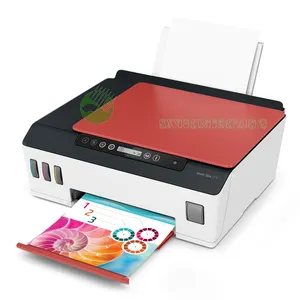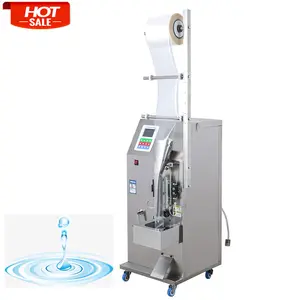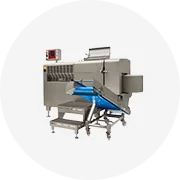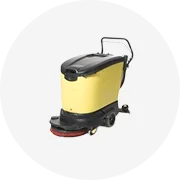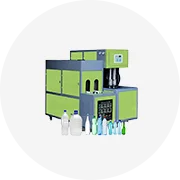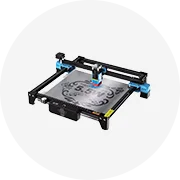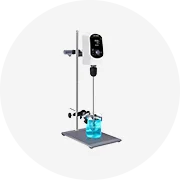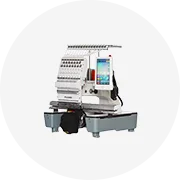Phổ biến trong ngành của bạn
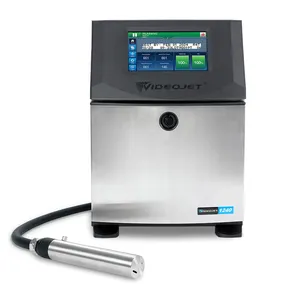
















Các tìm kiếm liên quan:




























Các danh mục hàng đầu
Giới thiệu về máy in phun videojet excel
Bất kể nhu cầu in ấn của bạn là gì, bạn sẽ tìm thấy sản phẩm hoàn hảo. máy in phun videojet excel trên Alibaba.com để giúp bạn đạt được kết quả đầu ra tối đa. Tốt nhất,. máy in phun videojet excel phải tương thích với phần còn lại của máy móc của bạn để có kết quả tốt nhất. Đúng. máy in phun videojet excel có thể là cứu cánh trong quá trình in ấn của bạn cho dù là trong doanh nghiệp hay văn phòng của bạn.
Những. máy in phun videojet excel được lắp ráp bằng cách sử dụng vật liệu tuyệt vời và những cải tiến mới nhất để mang lại hiệu quả cao nhất. Chúng rất bền để duy trì máy in của bạn hoạt động trong thời gian dài. Những cái này. máy in phun videojet excel có sẵn trong một bộ sưu tập lớn đáp ứng mọi nhu cầu và yêu cầu của người dùng. Để duy trì mức chất lượng cao nhất, chúng được bán bởi các chứng nhận hàng đầu. máy in phun videojet excel các nhà cung cấp và nhà phân phối tuân theo các chương trình đảm bảo chất lượng được kiểm soát cao.
The. máy in phun videojet excel dễ cài đặt và bảo trì. Người bán trên Alibaba.com luôn sẵn sàng hướng dẫn bạn cách cài đặt và sử dụng chúng một cách tối ưu. Tuy nhiên, các. máy in phun videojet excel đi kèm với các hướng dẫn và hướng dẫn tiêu chuẩn để giúp bạn sử dụng chúng một cách hoàn hảo. Hãy tận dụng lợi thế này và quên tất cả các dạng gián đoạn xảy ra khi in. Khả năng chống chịu nhiệt độ khắc nghiệt cao và các yếu tố khác gặp phải trong quá trình in tạo nên những điều này. máy in phun videojet excel hoàn hảo cho năng suất.
Điều hướng qua Alibaba.com và xem xét phạm vi rộng. phạm vi máy in phun videojet excel. Tùy thuộc vào nhu cầu in ấn và thông số kỹ thuật của mình, bạn có thể dễ dàng xác định cái phù hợp hoàn hảo với yêu cầu của mình .. máy in phun videojet excel nhà cung cấp và người bán cũng có thể tìm kiếm các tùy chọn phù hợp nhất và tận hưởng các giao dịch tốt nhất giúp tiết kiệm tiền và thời gian.
